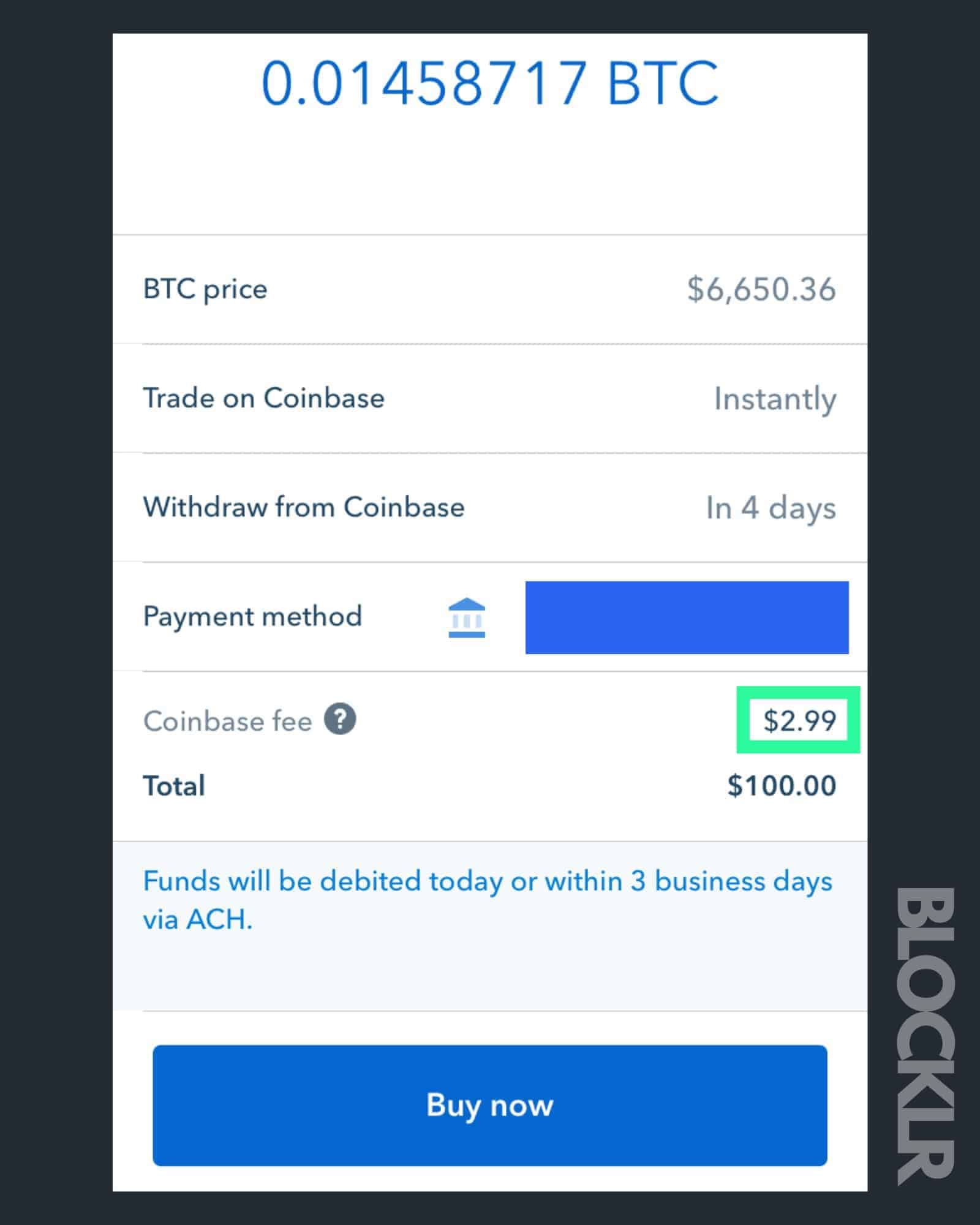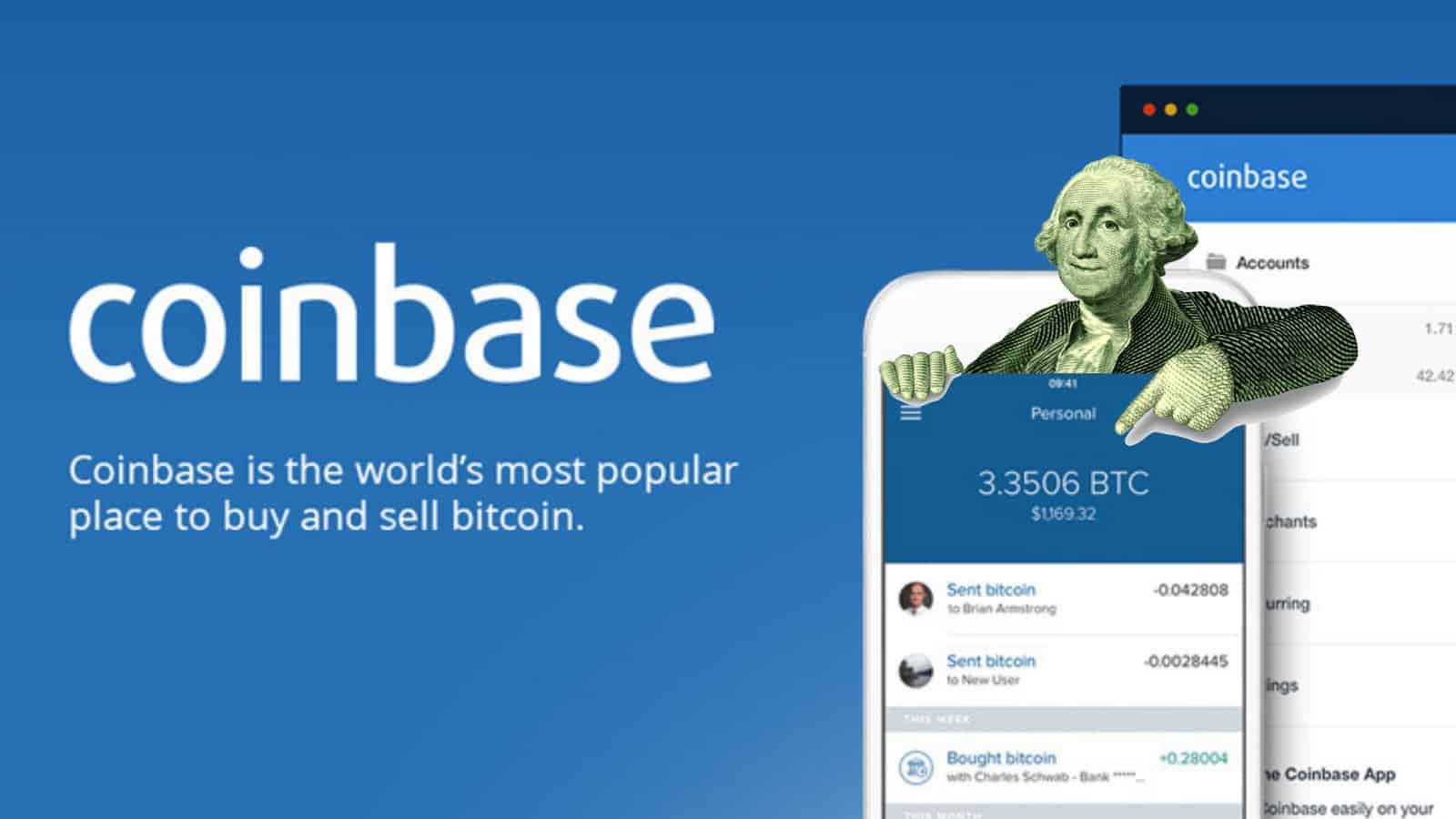In the following article, we look at how Coinbase makes money and why this cryptocurrency exchange is one of the most valuable startups in America. In 2017, Coinbase was worth $1.6 billion. A year later, Coinbase valued itself at $8 billion dollars. By all accounts, Coinbase is one of the most popular, and most lucrative, cryptocurrency exchanges.
But exactly how Coinbase makes money—and so much of it—isn’t immediately clear. How much do they charge per transaction? And how many users do they have? Here’s a breakdown of how Coinbase makes money in an ever-growing cryptocurrency market.
One of America’s Most Valuable Startups
Founded in 2012 by Fred Ehrsam and Brian Armstrong, Coinbase is a cryptocurrency exchange and wallet. Today, you can invest in Bitcoin (BTC), Bitcoin Cash (BCH), Ethereum (ETH), Ethereum Classic (ETC) and Litecoin (LTC) on Coinbase.
It’s also one of the most popular cryptocurrency exchanges due to user-friendliness and security. In fact, Coinbase just made its own internal security protocol, Salus, public. Overall, the exchane facilitates transactions from 32 countries and has over 20 million users. They’ve traded over $150 billion USD to date.
In 2018, Coinbase valued itself at $8 billion in their acquisition of Earn.com, according to Recode. This is up from venture capitalists’ estimation that Coinbase was worth $1.6 billion in 2017. A value of $8 billion would make Coinbase one of the most profitable startups in America. But why is Coinbase worth so much money?
Coinbase Has a Lot of Users

First and foremost, when it comes to how Coinbase makes money, it’s important to factor in that Coinbase is one of the most popular cryptocurrency exchanges, according to their own estimates. Bear in mind that it’s almost impossible to figure out how many people own cryptocurrency in the first place, even though Bitcoin isn’t anonymous. This means that the only figures we have are those they share.
What we do know is that Coinbase has a great reputation in the cryptocurrency community. This is thanks to two things: user-friendliness and security. According to Coinbase’s website, they store 98% of funds offline to prevent theft. Additionally, they encrypt funds and keep them in various locations across the globe. Web traffic and wallets are also encrypted.
Considering hackers stole $800 million in cryptocurrency in 2018, having a reputation for accessibility and security is valuable.
Coinbase Fees
Not only is Coinbase one of the most popular cryptocurrency exchanges, but they charge some of the highest prices. Here’s a breakdown of how Coinbase makes money through transaction charges.
First, you set up your free Coinbase account. In order to invest in cryptocurrency, you have to convert USD/BTC, or another cryptocurrency. This is when Coinbase starts charging. There are two USD/BTC conversion fees you have to pay.
The first is related to spread. Also known as the bid-ask spread, the spread is the difference between how much you’re willing to pay for something and how much someone is willing to sell it for. Coinbase has a pre-determined spread of 0.50% above the market exchange rate according to their website. This means that if you’re buying one Bitcoin at the Bitcoin price of $6654.74, you pay an extra 0.5% or $33.27 in fees. Though this isn’t technically a fee, it is a cost that Coinbase users must incur.
Second, users pay commission to Coinbase. This can be in the form of a flat fee or a variable fee. Out of these two fees, Coinbase will charge you for whichever is bigger.
Coinbase Fees: Flat Fee

Converting BTC/USD incurs a 99¢ charge.
A flat fee depends on how much cryptocurrency you buy. According to Coinbase, here is what you’ll pay per transaction, depending on the transaction amount:
- Less than or equal to $10: $0.99
- Over $10 to exactly $25: $1.49
- Over $25 to exactly $50: $1.99
- Over $50 to exactly $200: $2.99
Coinbase Fees: Variable Fee

Converting USD/BTC with a credit card incurs a $3.84 fee.
The variable fee changes based on purchase method and location. Across US, UK, Europe, Canada, Australia and Singapore, here’s what you can expect to pay in variable fees when you buy cryptocurrency on Coinbase:
- Debit/Credit Card Buy/Sell Fee: 3.99%
- Bank Account Buy/Sell Fee: 1.49%
You can also deposit money into your Coinbase wallet using a wire transfer. In this case, you pay deposit fees, which are:
- Europe bank transfers: free/€0.15
- UK wire transfers: free/£1
- US ACH transfer out: free
- US Wire transfer: $10/$25
The first figure is what you pay to deposit funds into Coinbase; The second is the price for withdrawing them.
Unless you’re wire transferring funds, you’ll pay a variable fee or a flat fee. Which one you pay depends on how much cryptocurrency you buy.
A Coinbase Transaction from Buy to Sell

Converting USD/BTC with direct deposit incurs a $2.99 fee.
From start to finish, let’s take a look at how Coinbase makes money on a single transaction. In short, Coinbase fees depends on how someone buys, how much they buy and what they choose to do with it. Here’s an example of a Coinbase transaction:
1. A customer converts $100 USD/BTC from their bank account. Coinbase makes $2.99. If they use a credit card, they make $3.84. Look at the above photo to see what this could look like.
2. Additionally, Coinbase makes money from the spread. Bitcoin’s price, as listed by Coinbase, is $6.650.36. But everywhere else, Bitcoin’s price is $6,617.28, $33.08 less. This $33.08 is the 0.5% spread. It means that in this particular USD/BTC conversion, the user loses 0.5% of their funds to Coinbase.
Specifically, the buyer gets 0.01458717 BTC instead of 0.015 BTC. This benefits Coinbase by 0.00041283 BTC, or $2.74.
3. If the Coinbase account converts BTC back to USD, Coinbase will charge the same fee again: $2.99, in this case. In other words, Coinbase makes $5.98 if a user deposits $100 into their wallet, let it sit there and withdraws it.
How Coinbase Makes Money from Cryptocurrency Exchange Fees
If a user chooses to spend their cryptocurrency, or exchange it for another cryptocurrency on Coinbase Pro they couldn’t buy directly from fiat, Coinbase charges transaction fees. It’s free to send BTC from a wallet to an exchange. However, when you convert cryptocurrency to another, Coinbase Pro will charge you a fee.
Specifically, Coinbase charges 0.30% per transaction for users who trade between $0 million and $10 million in cryptocurrency every 30 days. If a user trades between $10 million and $100 million, the fee goes down to 0.20%. Once they clear the $100 million threshold, the fee decreases to 0.10%. These figures come from the Coinbase Pro website.
Keep in mind that how Coinbase makes money has nothing to do with bitcoin mining fees. Those go to the Bitcoin network, not Coinbase the company.
Other Cryptocurrency Exchange Fees

How do Coinbase charges compare to those of other cryptocurrency exchanges? Bittrex charges .25% per trade and does not have a withdrawal fee. For the lowest volume trader, Binance charges the maker and taker 0.1% per trade. To withdraw, Binance charges 0.0005 BTC, which is over $3 today. There is no deposit fee.
Overall, it’s more expensive to get and take money out of Coinbase than other exchanges.
High Fees, Lots of Customers and Cryptocurrency’s Increasing Popularity
Coinbase has 20 million users. For each of them, Coinbase makes a minimum of $0.99 per deposit, though typically it’s closer to 3%. If they choose to exchange cryptocurrencies on Coinbase Pro, Coinbase takes 0.30% per transaction, unless the customer is a very high volume trader. Next, to convert BTC/USD again, Coinbase takes another 3%.
By Coinbase’s count, they’ve traded more than $150 billion dollars—meaning that they’ve charged fees on over $150 billion dollars. An $8 billion dollar valuation does not mean that Coinbase makes $8 billion dollars. Instead, they believe that their resources—meaning their customers, software and fee structure—is worth that.
Today, more and more people, especially young people, are investing in cryptocurrency. According to Coinbase report, 18% of college students own cryptocurrency.


